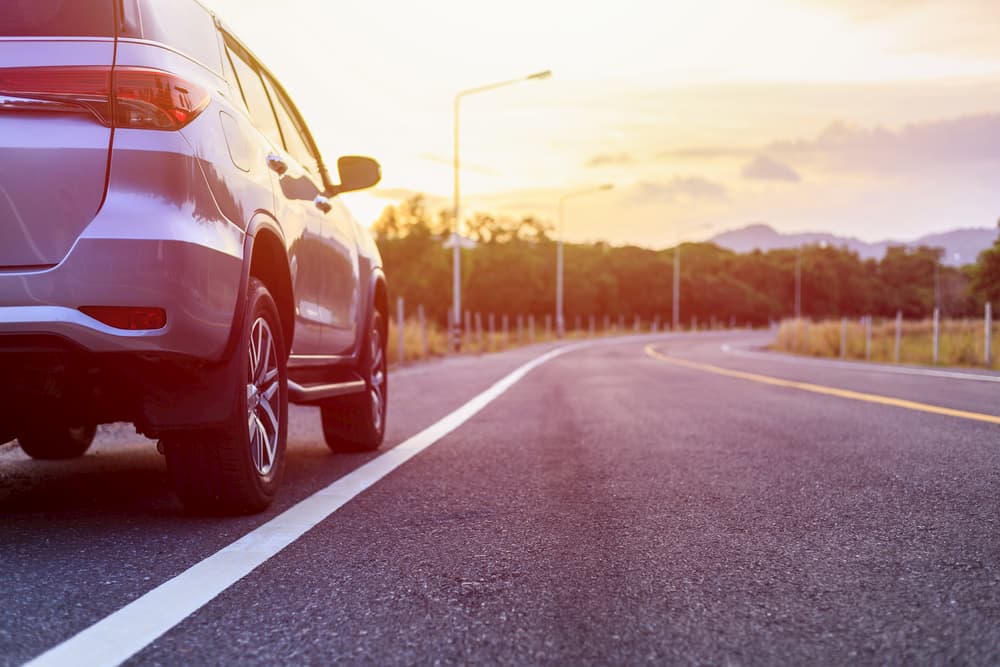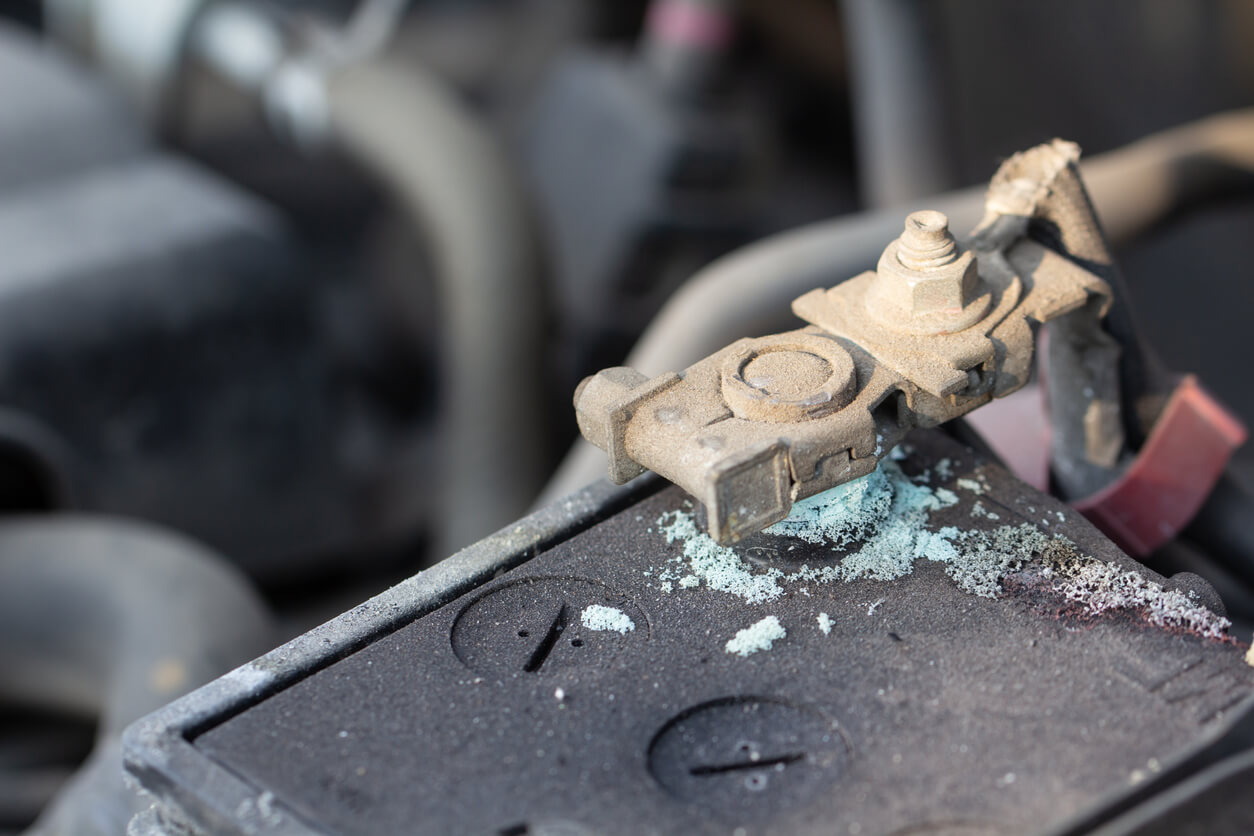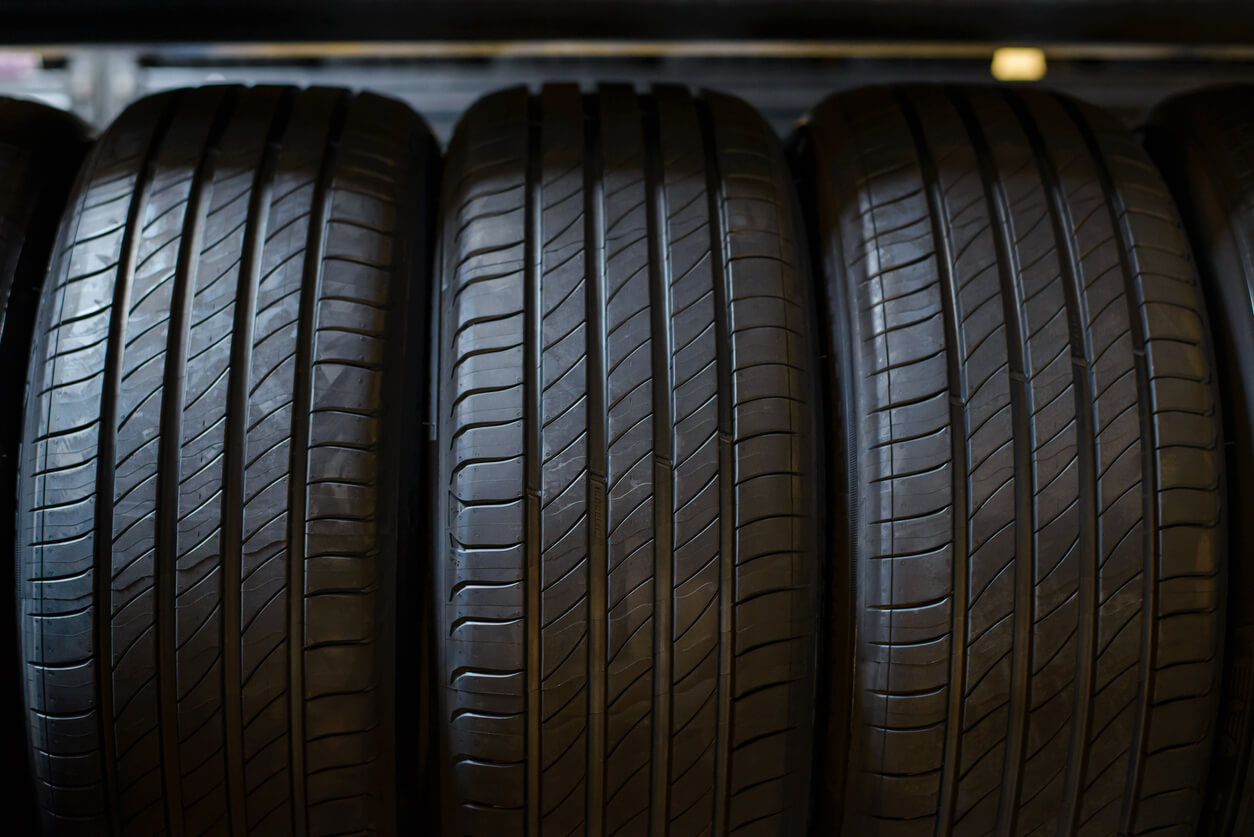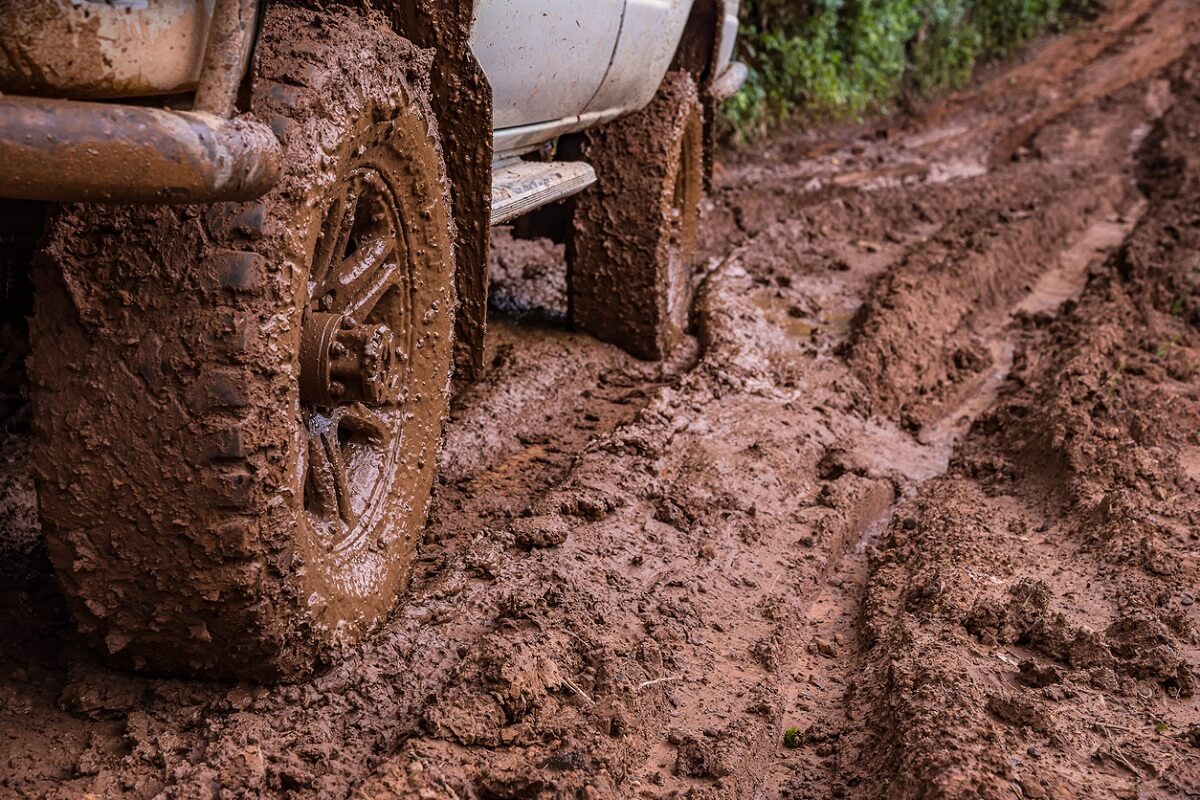Making the Right Tyre Choice
Selecting the right tyres for your needs and budget can be an overwhelming choice for many car owners. But if you follow these seven basic tips, your tyre choice will become far simpler.
Keep reading to get on track.

Tip 1: Find Out if You Need New Tyres
Driving with worn tyres can be dangerous for you, your passengers and other road users. The following are guides for the minimum tyre tread depth required in different environments.
Tyres are considered to be unroadworthy below 1.6mm tread depth.
In wet conditions 3mm or less tread means a significant loss of wet traction due to shallower grooves and channels.
In snow conditions, traction noticeably diminishes at 4.75mm. Shallower lug and groove depths limit a tyre’s ability to “bite” into the snow and clean out snow compressed in the tread.
Irregular wear necessitates early tyre replacement.
Tip 2: Determine How Many Tyres You Need
Make sure you’re checking your tyre wear so you can judge whether to replace them all at once or in pairs. If you make the choice to replace your tyres in pairs, it may also be worth performing a tyre rotation at the same time to avoid alignment problems.
If you’re putting two new tyres on, it’s best to fit them to the rear so that you drive to the condition of your tyres. Of course, if the car is rear-wheel drive, this suggestion is reversed – you should instead fit them on the front.
If you’d like assistance with tyre fitting, visit your local Tyrepower.
Tip 3: Determine the Tyre Size
Most people replace their old tyres with the same size that was on the vehicle when it was first released. This is typically a valid choice, but if you’re uncertain you can always check your owner’s manual, tyre placard (check your door or glovebox) or the tyre itself for more details.
If you’re still not sure of your tyre size, you can use our Tyre Finder tool to see what’s available, or visit one of our locations for further assistance.
You can also change your ride and performance by changing tyre size. Get in touch and our friendly team can tell you if there’s another size available for your car, as well as what changes to performance you can expect. We’ll also ensure your new tyre choice stays within Federal and State regulations.
Changes you may notice should you change your tyre size include:
By selecting a tyre with the next lowest profile, you can significantly improve the handling of your vehicle. On small cars, a good example is to replace the original equipment 155/80R-13 size with 175/70R-13. The tread is almost an inch wider and the tyre has a proportionately lower sidewall, however the tyre’s height remains the same.
By choosing to plus size your tyres, you’ll find yourself with a tyre that has the same height as your original tyre, but with a shorter sidewall. This change delivers improvement in tyre response and handling.
Upsizing is also another option that is typically common for 4WD and truck owners. By choosing this option, you’ll get a taller, wider tyre that improves performance and ride quality. On trucks, larger tyres can improve traction, load carrying capacity and appearance.
Tip 4: Analyse Your Driving Habits
A Tyrepower Pro can help you make the best choice for your tyres based on the conditions in your city or town (or state/region, should you drive long distances). For example, a person living in Cairns will typically make different tyre choices compared to a driver living in Melbourne.
If you’re keen to make the choice yourself, the aspects you should consider include:
Do you drive on dry roads most of the year, mixed wet and dry, or mostly wet?
What seasonal extremes do you face?
If you drive an RV or 4WD, chances are you’ll be considering an all-purpose built tyre to match your driving needs. These designs have trade-offs, including traction highway ride quality and, fairly recently, performance. In terms of traction, designs range from HT (highway tread) to AP (all-purpose) to AT (all-terrain) to MT (mud terrain) in order of aggressive tread design. As the tread design becomes more aggressive, your highway ride quality diminishes.
Tip 5: Buy the Best Quality You Can Afford
There are a few ways to calculate the longevity and value of your tyres, getting you the best ROI. These include:
Calculate the total price for your tyre purchase and divide that by the kilometres of service. This will give you the cost per kilometre. You’ll quickly see that the better tyres are better value after all.
When comparing tyres within one brand, use the UTQG ratings (tread wear) to calculate value. Divide the tread wear rating by the price – the highest number should be your pick if you want the best value by wear. This system won’t help you compare between brands, however, because there is no standardisation for tread wear ratings.
If you do want to compare between brands, reviewing traction and temperature ratings are the best way to make your choice, as these measurements are standardised.
Tip 6: Consider Performance and Speed Ratings
You should always buy a tyre with the appropriate speed rating for your vehicle. If you don’t, be aware that you’re limiting your vehicle’s performance in terms of handling and speed capacity. Generally speaking, a tyre’s handling response is commensurate with its speed rating.
If you use a lower speed rated tyre than the original design you will likely compromise your handling, speed and safety. Conversely, you can improve your car’s handling by choosing a higher speed rated tyre.
Tip 7: Consider Tyre Type
Each year, more and more car and light truck/4WD/SUV designs are introduced. As a result, tyre manufacturers are responding with specialised tyre designs. You can now choose tyres based on personal style preferences as well as performance for these vehicles.
Get Help from the Pros
At Tyrepower, we offer a variety of tyre choices to suit all preferences. We can also advice you on how to keep your car roadworthy and driving practices safe, complete with local knowledge of your terrain and conditions. Visit your local Tyrepower, or give our friendly team a call on 13 21 91 today






















